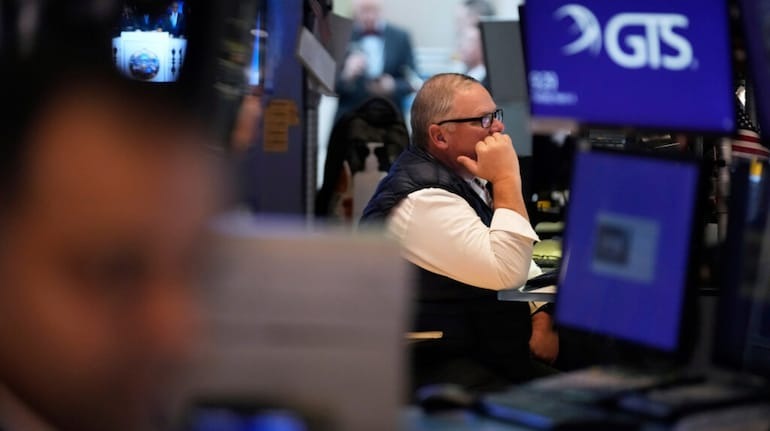
Amid a turbulent first quarter, the S&P 500 and Nasdaq Composite posted their worst performances since 2022, driven by escalating trade tensions and economic uncertainty under the Trump administration. As investor confidence wavers, capital is flowing from US markets to Europe and beyond in search of more stable returns, reports The Wall Street Journal.
European Equities Gain Ground with Defence-Led Rally
European stocks are outperforming US benchmarks. The Stoxx Europe 600 index has surged past the S&P 500 by nearly 10 percentage points in 2025, marking its strongest quarterly lead since 2015. Growth in defence spending, especially in Germany and France, has driven up shares of companies like Rheinmetall and Thales.
John Porter, CIO of Newton Investment Management, highlighted the shift: “You can now have a real conversation about European equities being the place to be for the next two to three years.”
Global Fund Managers Reduce Exposure to US Stocks
According to Bank of America’s latest global survey, a record number of fund managers are now underweight US equities. A net 23% of respondents reported reduced positions, while interest in eurozone stocks has reached its highest level since mid-2021.
S&P 500 Falls Amid Policy Uncertainty and Market Volatility
The S&P 500 is down 4.6% for the quarter, reflecting a sharp reversal from optimism in late 2024. Hopes of tax cuts and deregulation have faded amid rising inflation forecasts and unpredictable trade moves. The market remains volatile, with sharp intraday swings, such as Monday’s biggest rebound in over two years.
Tech Sector Dragged Down as AI Hype Slows
Tech giants are feeling the pressure. Nvidia has dropped 19% after the release of China’s DeepSeek AI model, while Apple and Microsoft are both down roughly 11%. Although these declines have weighed heavily on indexes, analysts maintain long-term optimism for US tech leadership.
Sébastien Page of T. Rowe Price said his firm is currently allocating more to international equities over US tech in the short term.
Defensive Sectors and Safe-Haven Assets Show Strength
Sectors like healthcare, consumer staples, and utilities have posted positive returns despite the broader correction. Financials also remain resilient.
Gold prices have climbed 19% in 2025, reaching all-time highs, while US Treasury yields have declined—indicating a clear investor shift to safer assets. The 10-year yield dropped from 4.577% in December to 4.245% currently.
Trade Policy Uncertainty Hurts Business Confidence
Despite modest gains in retail sales and a relatively stable job market, business sentiment is deteriorating. The Trump administration’s inconsistent tariff policies have made long-term planning difficult for many companies.
Tiffany Wade of Columbia Threadneedle warned, “If that uncertainty continues, it could freeze capital investment, hiring, and project development—posing serious risks to the economy.”
Read More: Australian Beef Industry Responds to US Tariffs: 'American Consumers Will Pay More'
--Advertisement--

 Share
Share



